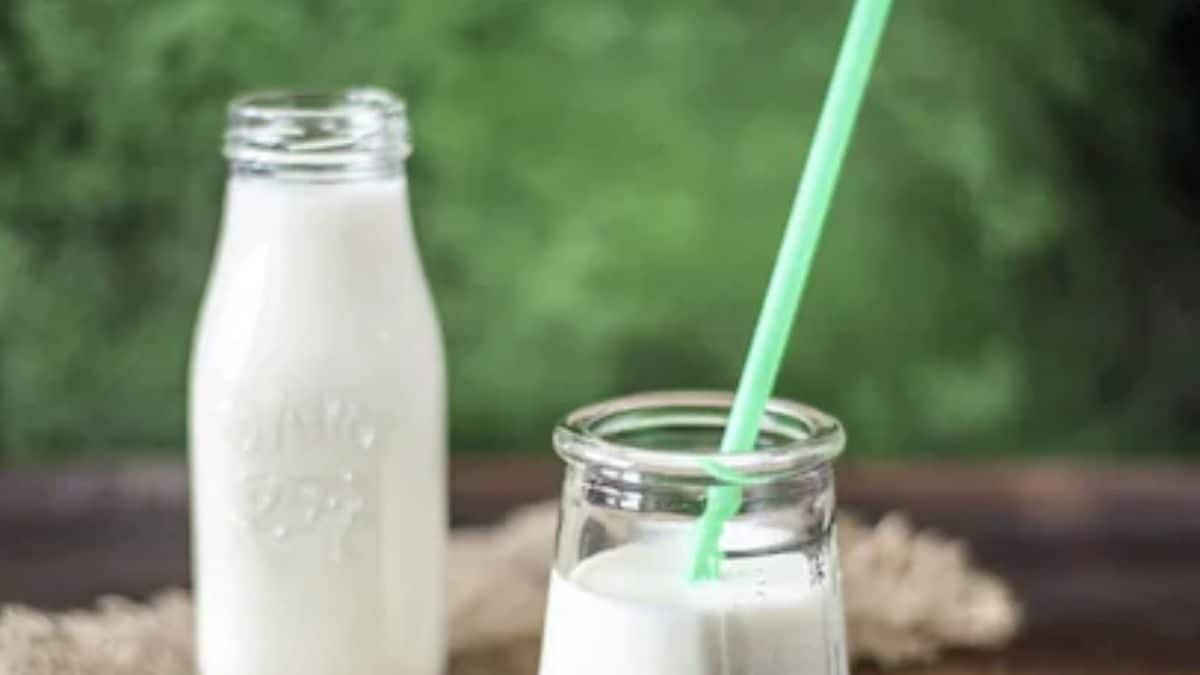If you find any abnormal curds, it may be a sign of several problems such as high acidity, contamination, heat treatment or adulteration.
In a series of videos on X, FSSAI has shared four ways to test for the presence of common adulterants in milk.
The problem of food adulteration is increasing at an alarming rate. Every now and then, we come across news of people falling ill due to adulterated food. The most common product found in almost every Indian household, milk can easily be adulterated with harmful agents like urea, detergents, soap, hydrogen peroxide, starch, baking soda and salt, causing serious health risks. To tackle the situation, the Food Safety and Standards Authority of India (FSSAI) has come up with some simple ways to check the purity level of our milk.
In a series of videos on X, FSSAI has shared 4 ways to check for the presence of common adulterants like detergent, maltodextrin and indicators of increased acidity and abnormal curdling in our milk. So, try the following experiment to find out if your milk has been adulterated or not:
Detection of the presence of detergent in milk
In the first video, the authority explained how to check if milk is adulterated with detergent through a simple test.
- Step 1: Take a 5 ml to 10 ml sample of milk into two separate containers.
- Step 2: Shake contents vigorously.
Result: The sample that does not form bubbles is unadulterated milk, while the one that is adulterated will show bubble formation.
Detection of maltodextrin in milk
This 45-second video shows how to check if milk is adulterated with maltodextrin or not. Follow the steps mentioned below and know the difference.
- Step 1: Take a 5 ml sample of milk into a container.
- Step 2: Add 2 ml of iodine reagents.
- Step 3: Mix well and observe the color change.
Result: Unadulterated milk will not change color and will be slightly yellowish brown in color, while adulterated milk will be reddish chocolate brown in color.
FSSAI further mentioned that maltodextrin has six or more glucose units which react with iodine solutions to form chocolate reddish brown coloured complexes.
Detection of increased acidity in milk
- Step 1: Take a 5 ml sample of milk into a container.
- Step 2: Then, put it in boiling water for 5 minutes.
- Step 3: Remove the container from the water without shaking it.
Result: Unadulterated milk will not have any small particles or precipitates. Adulterated milk, on the other hand, will have precipitated particles or an acidic odor.
Detection of abnormal curdling in milk
Curdling of milk is a natural process that is often associated with the production of dairy products such as yogurt and cheese. However, if you find any abnormal curds, it can be a sign of several problems such as high acidity, contamination, heat treatment, or adulteration. So, place the milk in a container and check for any abnormal curds. If there is no abnormal curd, it means that the milk is fresh. If you notice any curdling behavior when the milk is heated, it can be a general indication of milk adulteration.












